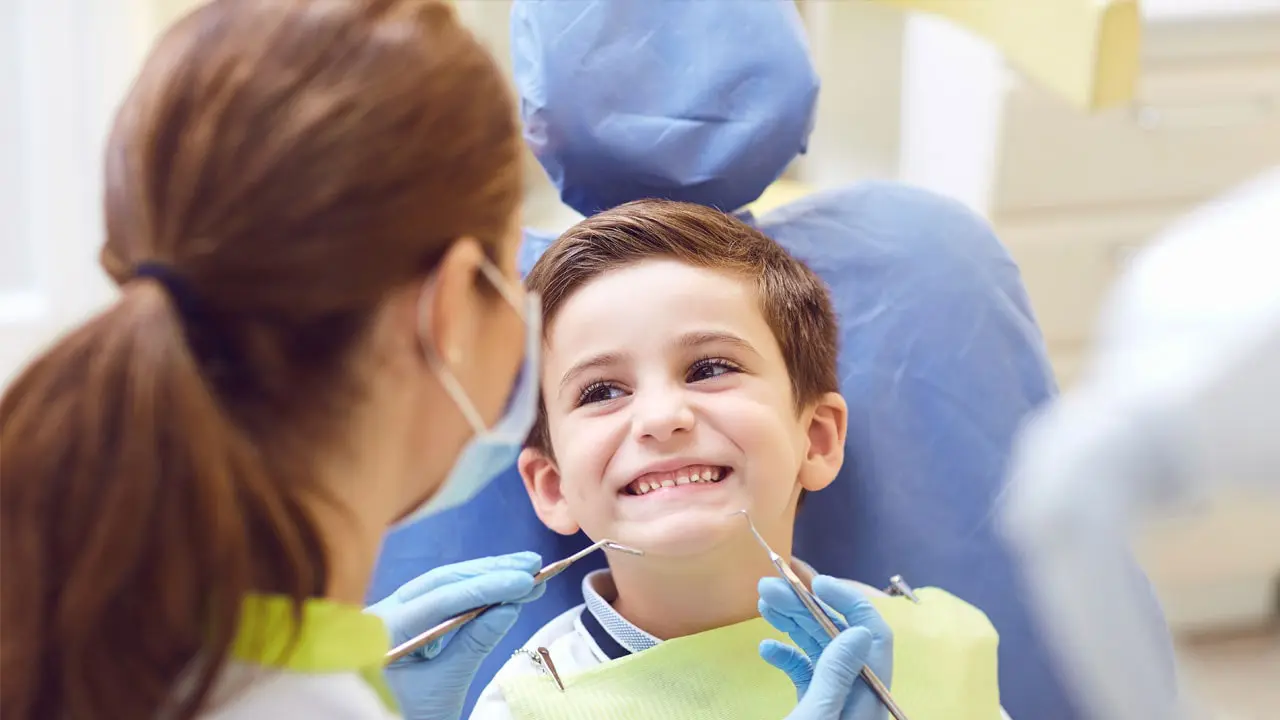
Pediatric dentistry is the most exciting branch of dentistry because it helps infants, children, and teens. Dentists offer a wide range of treatments, including for baby teeth, secondary teeth, and different problems in the mouth and gums. Treatments also include help for dental injuries, repair of cavities, and infant oral health exams.
How Important is Pediatric Dentistry?
How often do children fall off their bikes and hurt their teeth? Or have injuries to their mouth caused by other things? How often do they have accidents? Exactly. While the joys of working with children are innumerable, it is not without its difficulties. Children hate getting shots. They don’t like how fluoride tastes. It’s like they are already well aware of the ups and downs of dental appointments!
The good news? Technology comes to the rescue. Here are a few tech trends you should know about.
Latest-Generation Lasers
With the above-listed challenges in mind, technologies are developing to make pediatric dentists’ jobs easier and easier. An example is the use of lasers in dentistry. Latest generation lasers are used on both soft tissue and hard tissue.
It is definitely of benefit to treat a child or teen with laser for oral procedures because they won’t be as afraid. Parents accept this a lot better as well. When your dentist uses the laser for a pulp or surgical procedure, children tend to cooperate more. This improves treatment outcomes.
Today, dentists use lasers to prevent cavities, to carry out early diagnosis, and to restore cavities. They can also be used to manage damaged teeth and to perform small surgical procedures.
The use of a laser is set to become the gold standard in pediatric dentistry. The risks it presents are negligible and very few precautions need to be taken.
New X-Ray Heads and Smaller Sensors
Although many practices use digital X-rays on children, they frequently do so ineffectively. One obvious advantage of new X-ray heads and digital radiographs is the lower radiation exposure our vulnerable little patients face.
Another advantage is that we can obtain radiographic studies at a younger age. Often, children between 3 and 5 years of age can’t get radiographs done and develop lesions in their mouths. This is usually the case because not all practices are equipped with smaller plates or sensors. The most suitable ones are size zero or size one. Dentists cannot see children without sensors this size. A combination of appropriate size sensors and expertise will help you prevent carious lesions early on. This will also reduce the price parents pay and the treatment time.
Intraoral Cameras
These devices project an image of a child’s tooth onto a monitor. This way, everyone can see a magnified version of the problem and how to correct it. These cameras detect fractured teeth or cracks in fillings, which standard X-rays can’t identify. They are similar to dental mirrors in design and size. They allow parents to make sounder decisions relating to their children’s oral health and dental treatment.
We at Valley Dental Care of Plainfield are proud to incorporate cutting-edge technology in our pediatric dentistry services. Avoid scheduling dental appointments for young children in their nap time. Don’t let them eat before that and, above all, always be positive. Even infants can sense anxiety. If you seem excited and happy about the visit to the dentist, it will rub off on them. Valley Dental Care of Plainfield makes every effort to ensure that children learn to love taking care of their teeth. Give our Plainfield office a call today to schedule their appointment!